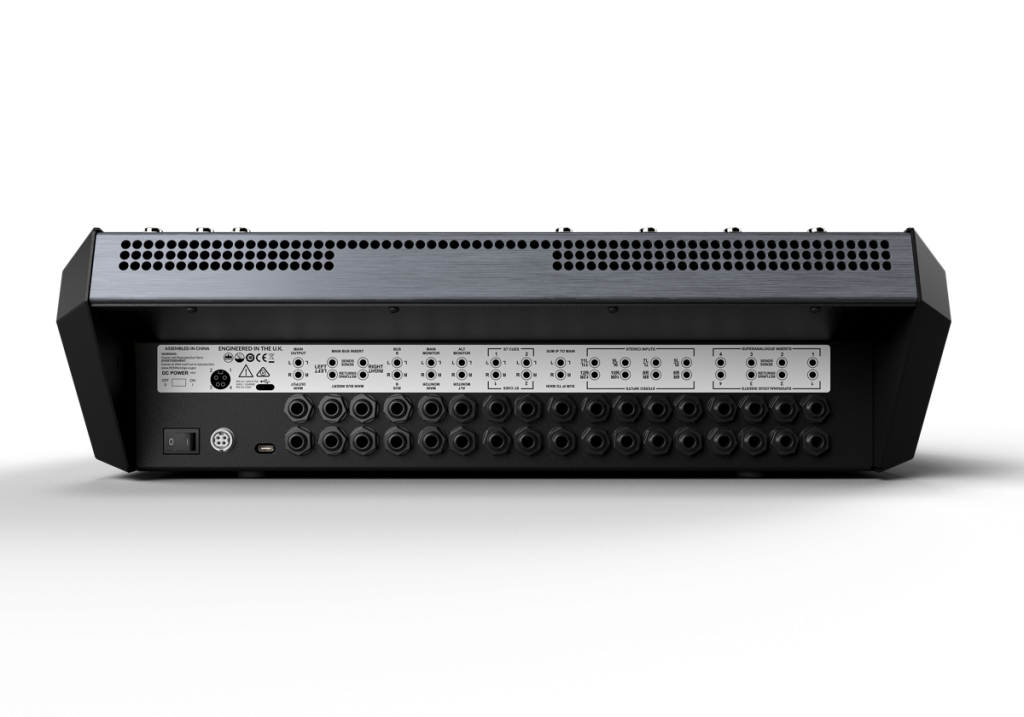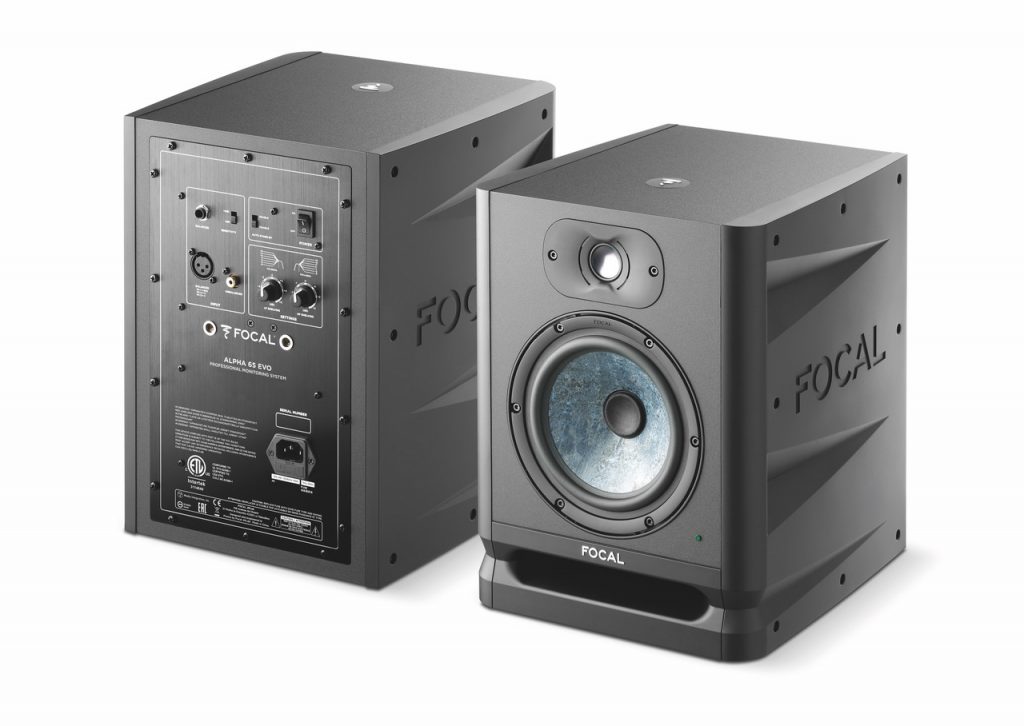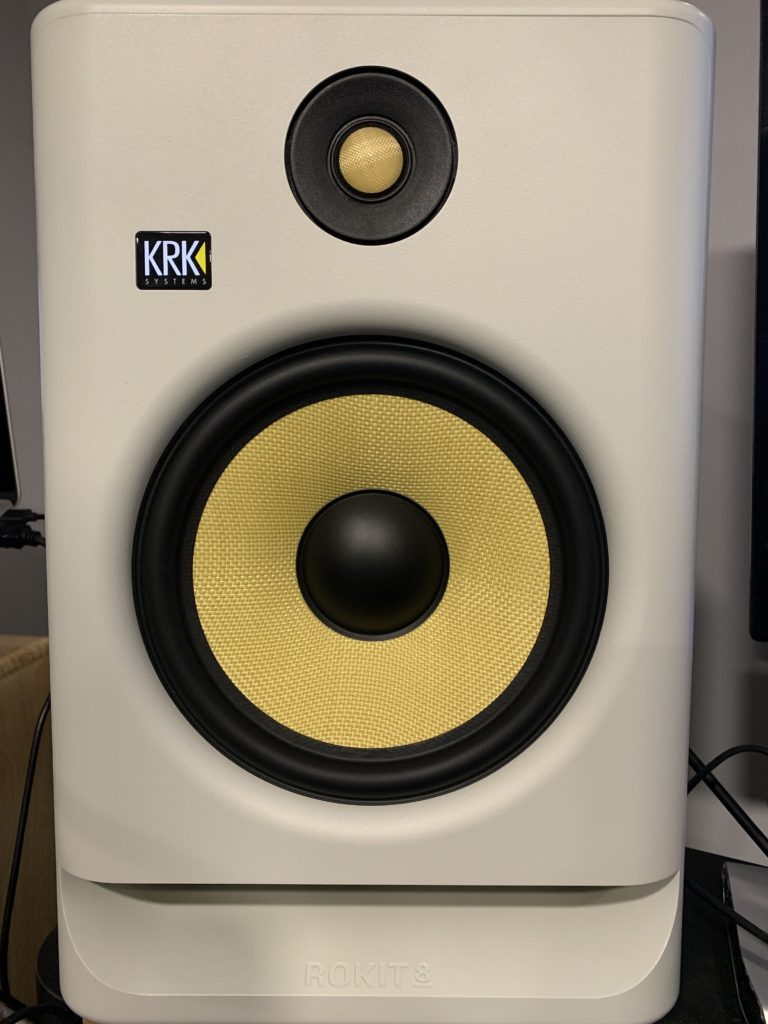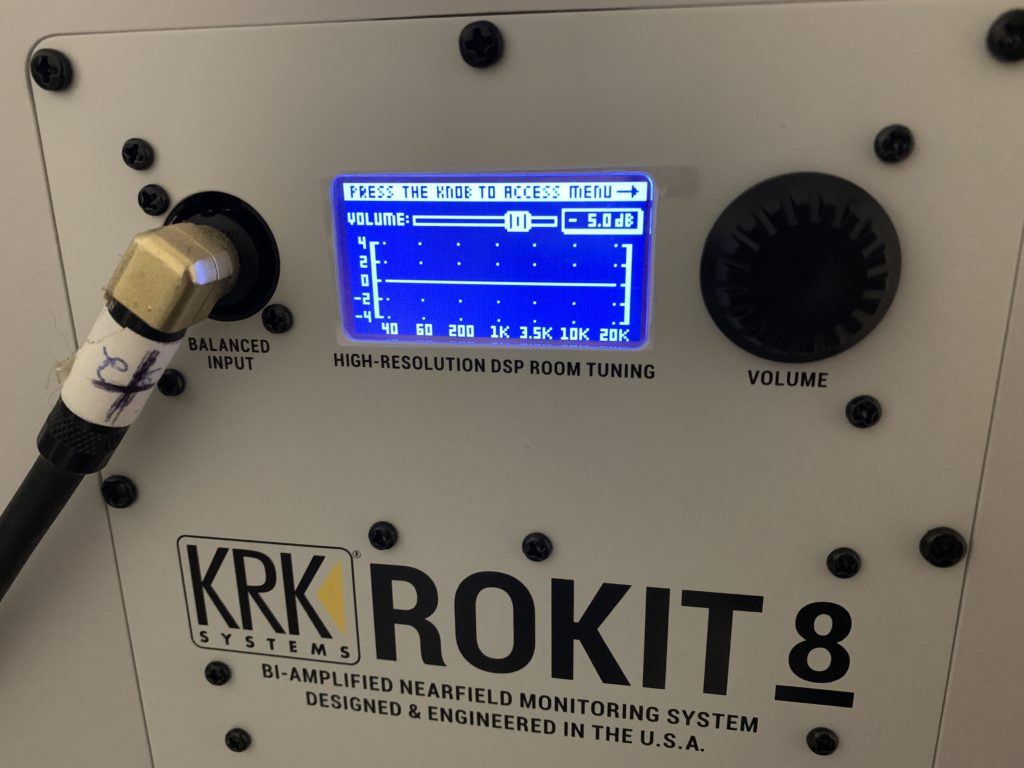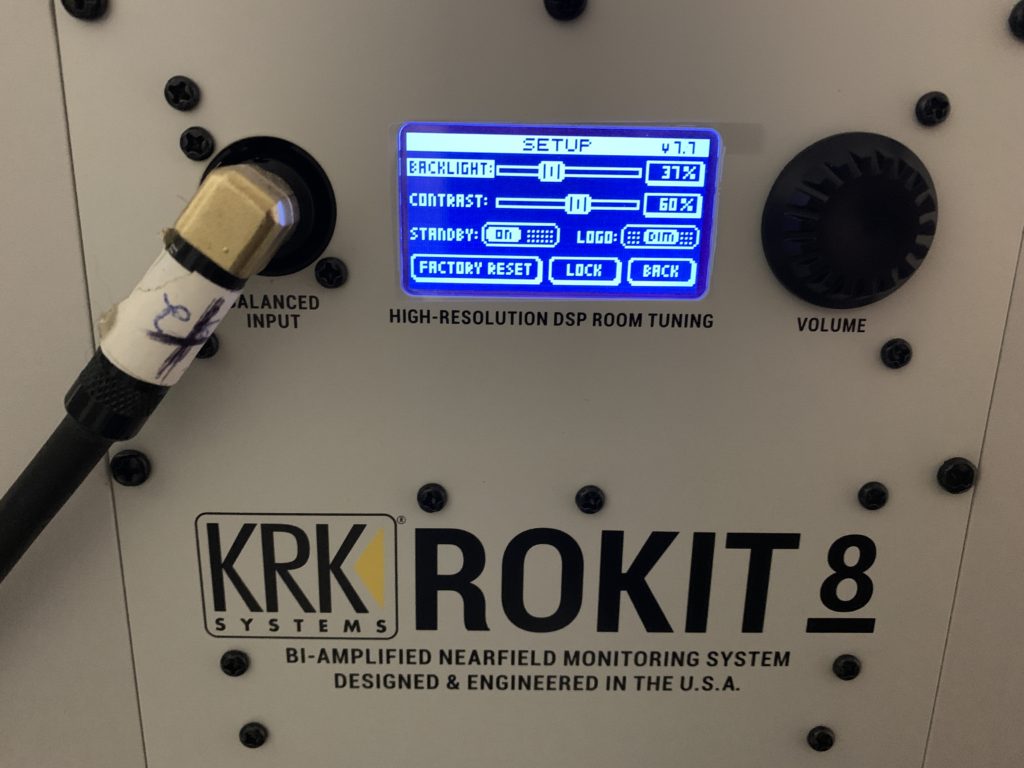Featuring comprehensive AD/DA conversion, advanced monitoring and routing, enhanced SSL EQ and much more, New BiG SiX mixer vastly expands recording and production capabilities for artists, producers and engineersOXFORD ENGLAND December 8, 2021 – Solid State Logic (SSL) launches its latest desktop mixing console, BiG SiX. Based on the widely acclaimed Solid State Logic SiX desktop mixer and incorporating feedback from artists, producers and engineers to create the next step in SSL hybrid production, BiG SiX is a 16 channel studio grade mixing console that combines features and technologies from legendary large-format SSL consoles with full USB integration, additional processing and advanced routing capabilities — all with the quality that audio professionals have come to expect and rely from SSL.

BiG SiX is the ultimate tool for artists and musicians working in a hybrid recording and mixing environment. The console’s SuperAnalogue™ design delivers the punch, clarity, and ultra-low distortion that engineers love from the company’s 9000 consoles, along with a new 16 channel AD/DA USB interface. Also included is an ‘Essential Version’ of the SSL G-Comp Bus Compressor, now with the renowned ‘Auto’ release feature, channel dynamics processing and a three-band EQ based on the iconic SSL 4000E console. Producers and mix engineers will appreciate BiG SiX’s comprehensive monitoring section featuring full source matrix feeding two independent headphone outputs, along with its impressive 18-channel analogue summing at mixdown capability. The result is that BIG SiX is the essential SSL studio. “SiX introduced SSL console-grade processing and workflow to a wider range of users, and BiG SiX, with its enhanced feature set and full USB interface integration takes this a stage further, providing all of the essential tools of a hybrid studio. BiG SiX sets a new benchmark in desktop mixer performance and we can’t wait to see how users enhance their productions with it.” comments Nigel Beaumont, Managing Director of Solid State Logic. BiG SiX is a nimble and capable solution at any point in the production process. In addition to 16 channels of high performance 96 Khz / 24-bit USB conversion which the user can reroute to External Inputs, Stereo Cues and Pre/Post Fader options, BiG SiX also features fully balanced insert points on all SuperAnalogueTM inputs, full size 100 mm SSL console grade faders, Mix Bus Inject for cascading additional SiX and BiG SiX, dual independent headphone outputs and much more. As well as offering four SuperAnalogueTM Mic/Line/Hi-z inputs with polarity switch, the four Stereo Inputs can be individually switched to dual mono, adding further recording flexibility. Key features: Four SuperAnalogueTM ‘Money Channels’ with Mic / Line level input / Hi-Z / phantom power / HPF / Polarity switch / classic SSL Channel Dynamics / updated three-band EQ (based on SSL E Series) / fully balanced insert pointFour stereo inputs featuring dual mono switching and wide gain range Built in 16-channel high quality USB AD/DA converters (96 Khz / 24-bit) with advanced routing capabilitiesThree compressor flavors: Classic SSL channel dynamics, Listen Mic Compressor and Essential version of G-Comp Bus Compressor now featuring ‘Auto’ release100 mm studio grade fadersProfessional LED meters with fast and accurate peak responseTwo independent headphone outputsComprehensive monitoring section Two stereo cue feeds Up to 18 inputs at mixdownMix Bus inject for cascading additional SiX/BiG SiX console. SSL BiG SiX is available at Solid State Logic’s network of authorized dealers and priced at £1,999, $2,999 and €2,499.00 (excluding VAT). For more information please visit the BiG SiX product page. About Solid State Logic Solid State Logic is the world’s leading manufacturer of analogue and digital audio consoles and provider of creative tools for music, broadcast, live and post production professionals. For more information about our award-winning products, please visit: www.solidstatelogic.com. |
